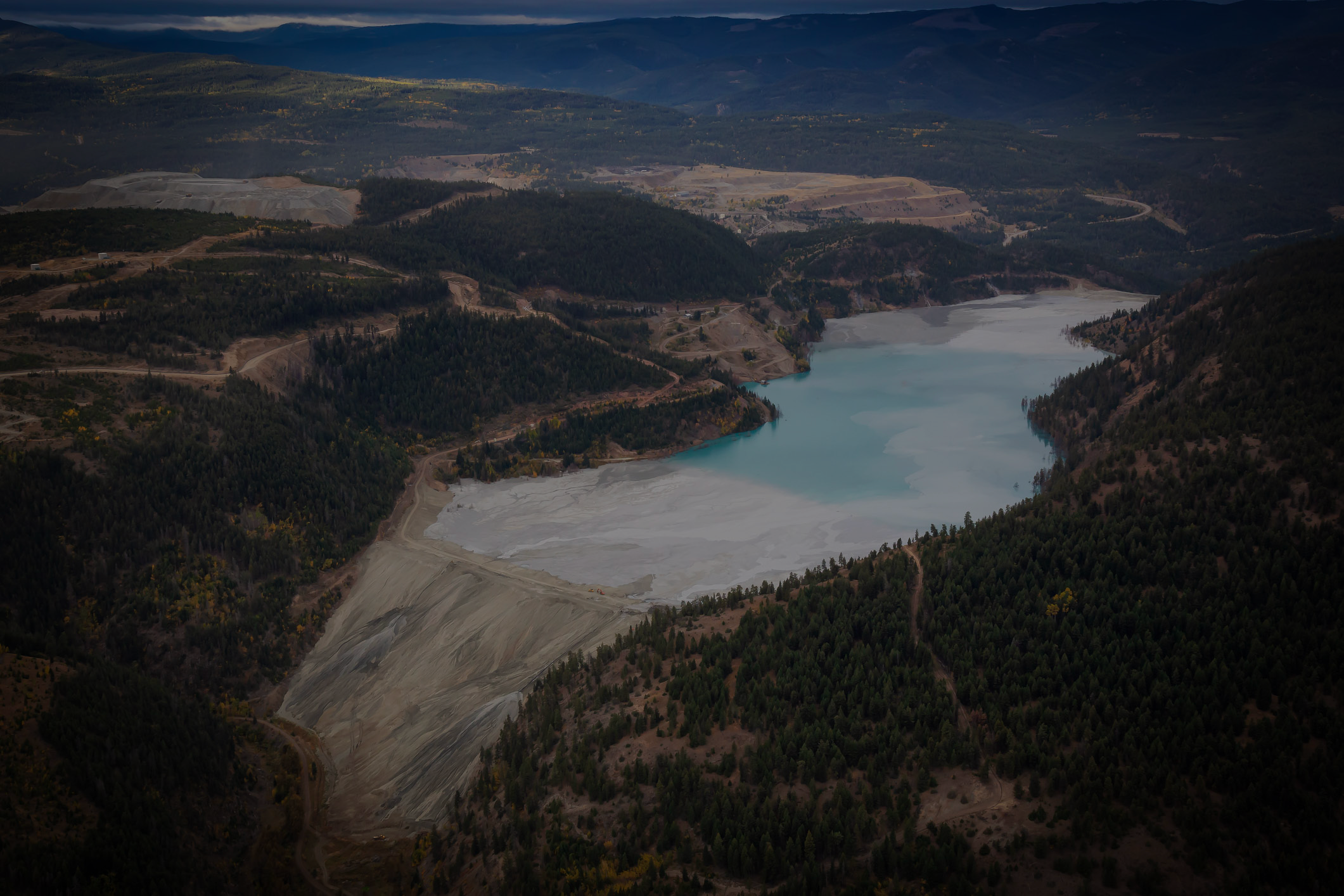
Mine Tailings Characterization
Addressing the mining industry’s largest risk
The mining industry has a big problem. The waste from mining activities is typically stored in large deposits which are often contained by dams, called tailings ponds. These tailings ponds pose both a safety and environmental risk, as collapses or seepage are all too common and can significantly impact local communities and environments.
It is estimated that there are roughly 8,500 tailings facilities worldwide that collectively contain 282 Billion tonnes of waste material. According to the Reuters Report based on data from an ICMM study, 687 of these deposits are at critical risk of collapse and many still hold valuable materials for society. It is estimated that there are $3.4 Trillion USD of precious and strategic metals remaining in global tailings. Capturing this value also has the beneficial impact of reducing the need for new mines and the environmental impact they create.
A prerequisite to re-mining and removing tailings ponds is to understand the geotechnical and geochemical characteristics of the dam; the stability and elemental components of the dam, respectively. Once determined, plans can be made to address the deposit. In many cases, obtaining the data to make informed decisions is difficult due to operational limitations, such as the scale of the dam or access and cost restrictions.
We are working on several ventures that combine innovative technologies and approaches to autonomously provide data for decision making, including new vehicles to collect data autonomously with reduced risk of destabilization of the pond infrastructure. These technologies also enable a circular economy in re-mining waste for value, significantly reducing human safety and environmental risk, and lowering the barriers to retiring these facilities.

